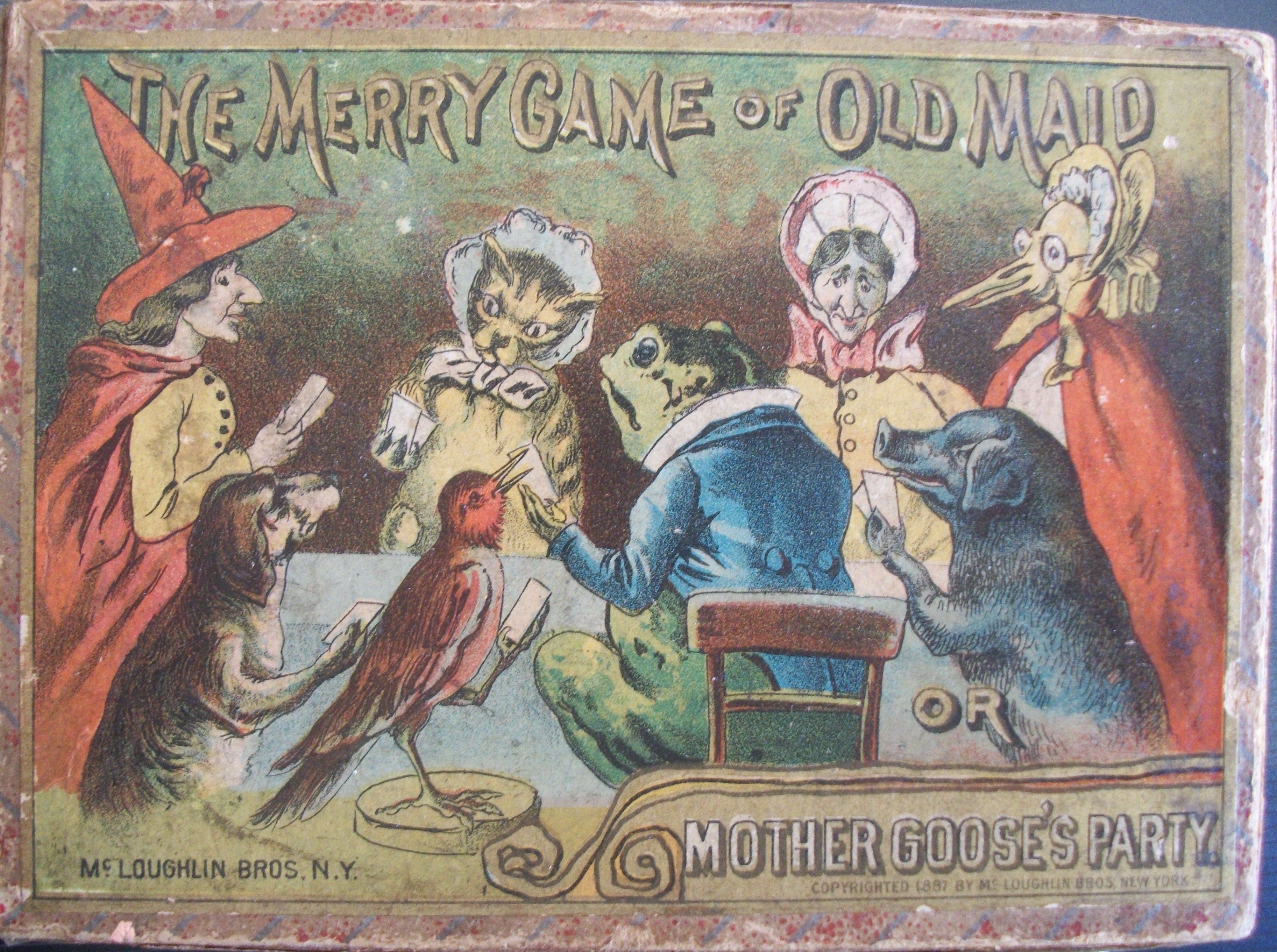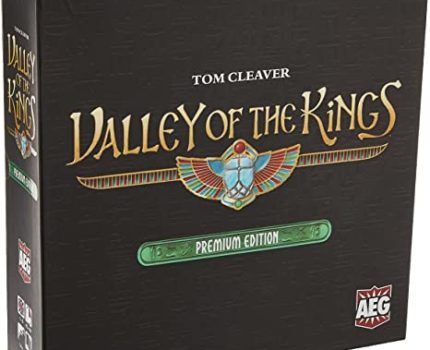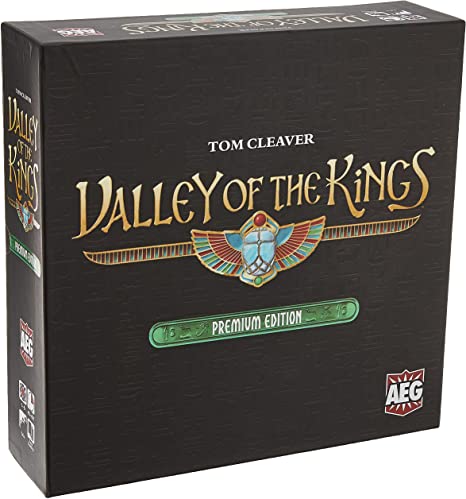The solo version of Valley of the Kings in the Premium Edition, released in 2019, is a quick to learn, yet challenging game for one player. It is available on Amazon for less than $50. I’m loving it!
Although my family still gets together for game nights (and the Premium Edition allows for up to 6 players), as an empty nester now, I am beginning to explore more games with solo variants. Some of these, like Robinson Crusoe or Lost Ruins of Arnak, take a bit to set up. However, for someone like myself, just starting in the solo genre, Valley of the Kings, with its set of cards, is ready to play within minutes and offers a great time!
There are different Solo Versions in the premium version. I’ve been playing the Solo Player Variant, and not the Starter or Master Solitaire versions (yet). In the Solo Variant, you play against a Dummy Opponent which offers that uncertainty to the game, as if playing against a real opponent. You won’t be sure which cards will be taken from the pyramid.
The object of the game is to entomb the highest value of treasures.
This is accomplished through deckbuilding and a crumbling pyramid. A player begins with a starter set of cards of low value. By purchasing cards within the pyramid, a player’s hand becomes more valuable – as do the cards being replenished to the pyramid. Decisions need made as to which cards to entomb and which cards to hold on to (with risk of both running out of time to entomb them and not having them in hand for their purchasing power)
For as it goes, cards must be entombed to count for points at the end of the game. And I have to say, that end of the game sneaks up on you fast!
To begin, a card pyramid of treasures, 1 top, 2 center, 3 on base, is created. A stock pile of cards is placed near the top to replenish the pyramid as you purchase cards from the base. A ‘boneyard’ is next to the stock pile. This is the pyramid’s discard pile (not a players).
For the solo variant in the premium edition, a dummy’s hand is dealt that consists of the starter cards from the nonexistent five other players (50 cards). Each time it is ‘his’ turn, one of these is turned over, and based on the type of card, determines which card in the pyramid is entombed by the dummy player.
The solo player begins with his 10 starter cards. Each turn he can entomb, buy cards from the base of the pyramid, or execute an action on the card.
The game ends once the replenished deck is empty and the pyramid has been emptied.
At this time the cards only in each of the player’s tomb are tallied. Whoever with the most, wins.
Different cards offer various values. Some cards are part of sets. Duplicates of these cards will provide no additional value, so entombing is strategic, as is purchasing, playing actions on the cards, and sacrificing cards.
As in all games, upon first play you are learning the game. After a few plays you will begin to realize how great the game can be. For Valley of the Kings it becomes known quickly, how wonderful the game is.
I hope to provide a ‘Video Playthrough’ here in the future. Until then…
Play a game, any game, today! The challenging fun awaits…and Valley of the Kings is recommended.



